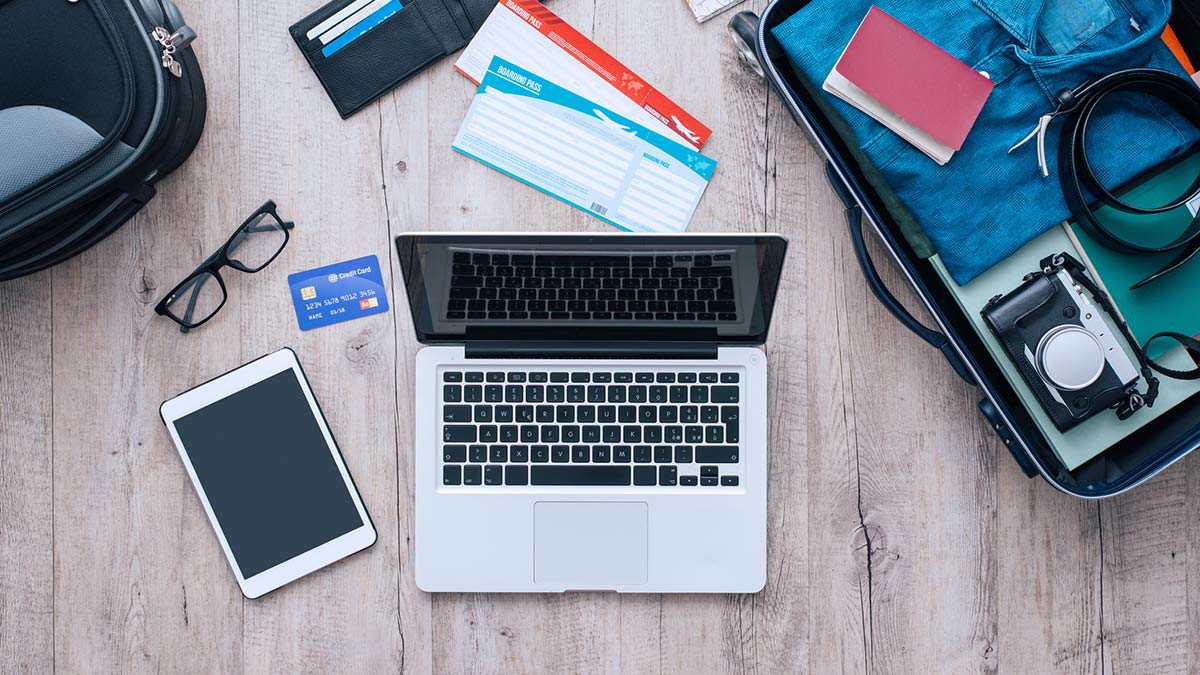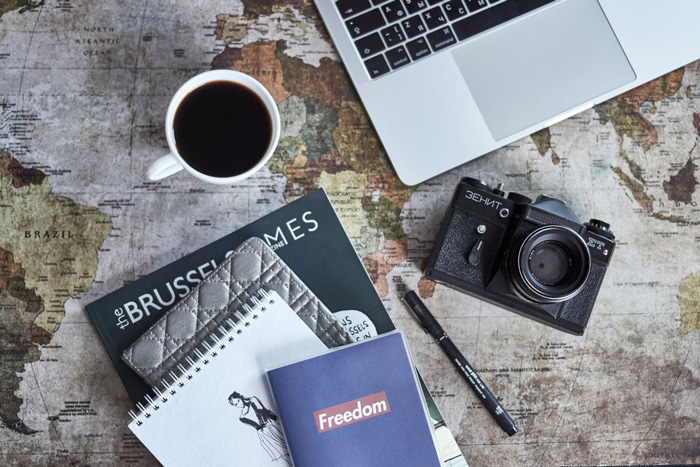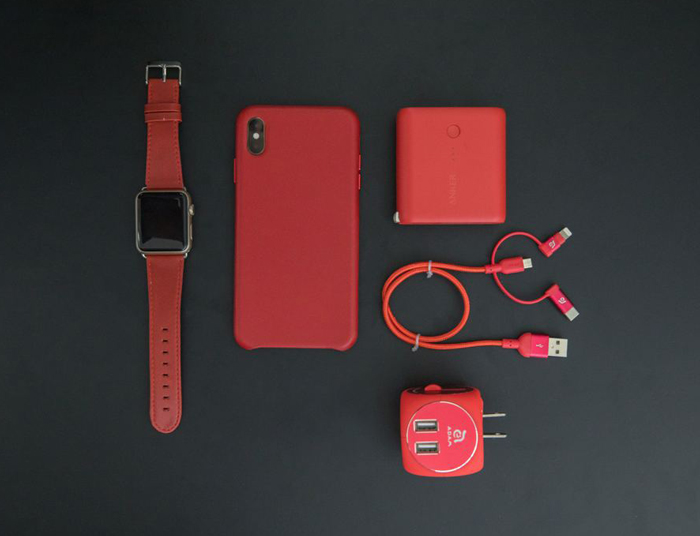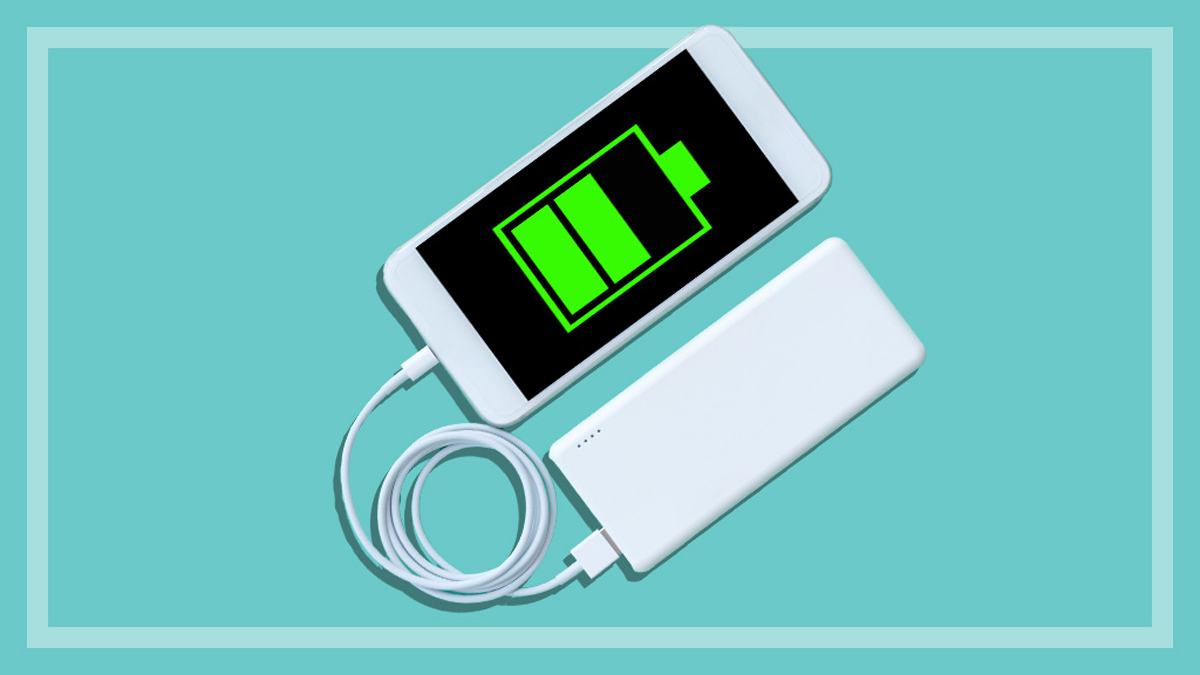Get our independent lab tests, expert reviews and honest advice.
Top tech tips for travellers

What kind of traveller are you? Do you prefer to be as off-grid as possible, grabbing just your phone and a paperback on your way out the door? Or do you feel more comfortable being as connected as you are at home, with your laptop, tablet, smartphone, bluetooth speaker and noise-cancelling headphones taking up most of your carry-on luggage?
On this page:
- Plug it in
- The right insurance
- Netflix and streaming services
- Safe Wi-Fi
- Batteries and portable power packs
However you like to travel, our tech and travel experts have got you covered. Here’s their advice on must-have travel products and things to be aware of when you’re travelling with tech.
Plug it in
Most of us seem to exist at the whim of our smartphone batteries these days. Finding a place to charge your battery is a pressing concern for many travellers. Here’s what our experts suggest to make things easier:
- “Never leave the house/hotel without a powerbank so you don’t run out of juice while you’re sightseeing. And make use of the ‘offline maps’ feature in Google Maps so you can still access the maps you need if the signal bums out.” – Elias, computer test coordinator
- “My must-have travel item is a powerboard: that way you only need one adapter and you can pack all your tech (phones, laptops, speakers, shaver, etc) without having to worry about multiple adapters.” – Denis, digital home product category manager
CHOICE tip: Avoid using public USB charging stations – they can be hacked to steal your data or inject malware. If you have to use them, take a special charge-only cable that can’t transfer data, or use your own portable power bank.
- “I travel with a multi-charger for charging various devices at the same time using one small unit.” – Steve, technology editor
- “I always take a hard drive when I travel. That way you can back up your photos/videos and store them in the hotel room. It dramatically reduces the risk of losing your memories if the memory card is damaged or the card/camera is lost or stolen. Make sure it’s an SSD (solid state drive) so it will handle the punishment of a trip.” – Peter, technology content producer
- “In Japan, pocket Wi-Fi is really commonly used (it’s like a little portable modem). So we don’t get a SIM card. Rather, we get a pocket Wi-Fi to carry around. We can’t live without internet now, and it made it so much easier knowing where the closest park or kid-friendly museum or best-rated ramen nearby is.” – Amanda, researcher
Noise-cancelling headphones are on most experts’ must-have lists. There’s nothing worse than being on a noisy flight and discovering that your noise-cancelling headphones aren’t any good at actually cancelling noise. Check our headphones reviews to make sure you don’t end up with a dud.

The right insurance
We asked CHOICE travel insurance expert Jodi Bird about covering your tech items when travelling. Here’s what he said:
“Tech items are usually subject to sub-limits. So while your travel insurance policy might have a $15,000 overall baggage limit, your camera and laptop may only be covered up to $3000 and your smartphone up to $1000. If you want higher cover for a particular item, you’ll need to specify the item and the level of cover in your travel insurance policy, usually after paying an extra premium.
Keep an eye out for exclusions – items in check-in luggage often aren’t covered
“You also need to keep an eye out for exclusions – items in check-in luggage often aren’t covered. Same goes for items left in a car or hotel room. Generally speaking, don’t leave the item unattended unless you’re confident it’s in a safe place. Even if you leave a bag on a seat at a restaurant and leave the table to pay the bill, travel insurance might classify that bag as unattended and reject your claim if it’s taken.
“If you’re travelling within Australia, consider getting portable contents cover on your home contents insurance for items that regularly leave home, such as laptops. Some home contents policies will even cover items overseas.
“Make sure your insurance will cover your tech products while you travel: check our travel insurance reviews.”
Netflix and streaming services
Planning to binge-watch the latest Netflix series while you’re holidaying? Think again.
If you’re travelling overseas, you’ll only have access to the Netflix library for the country you’re in, not your country of origin.
Unfortunately, a VPN isn’t necessarily going to solve this problem for you, because Netflix is wise to this and blocks many of them, so you’ll also need a tool that blocks the IP address with the computer’s country of origin.
And it’s not just Netflix. ABC iView doesn’t work outside Australia, for example.
“My daughter was devastated when she realised she couldn’t watch her favourite ABC Kids shows – and so was I!” says Pru, one of our writers.
Safe Wi-Fi
While it’s tempting to use the free Wi-Fi wherever you go, proceed with caution. Criminals can access your data while you’re connected to the same Wi-Fi.
A VPN (virtual private network) is a good option to keep your info safe. A VPN will send network traffic from your device through a secure, protected ‘tunnel’ so that no-one else on the Wi-Fi network can see what you’re up to, or capture your login details.
Brush up on your VPN knowledge with our VPN buying guide, and check our VPN service reviews to make sure you’re buying a VPN service that’ll keep your info safe.

Batteries and portable power packs
Generally, if you’re travelling with spare batteries, they need to go in your carry-on luggage only – not your checked luggage, according to CASA (the Civil Aviation Safety Authority).
Batteries for your phone, laptop and camera must be stored in your carry-on baggage only.
If you happen to need a more powerful lithium-ion battery (for power tools and mobility aids, for instance), you’ll need to get approval from your airline before you travel. You can carry up to two spare batteries per person, and you have to take them in your carry-on luggage. If the battery is installed in a device, it can go in your checked luggage or carry-on.
More information is available on the CASA website.






